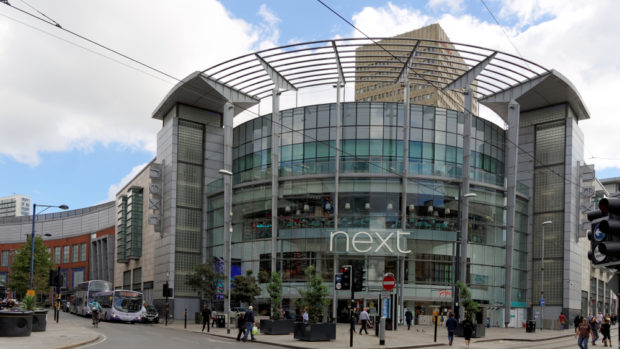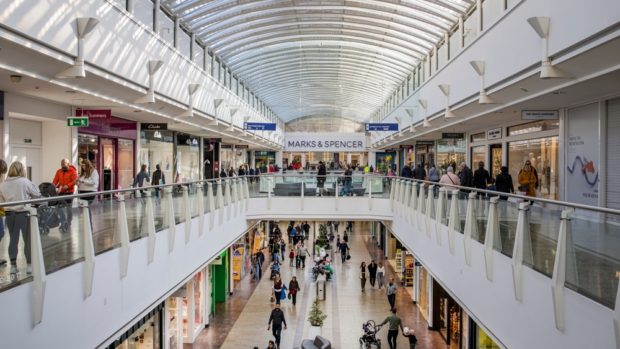Research by Criteo among more than 900 major advertisers in the UK reveals hourly sales leapt 89 per cent for those participating in the first day of the event this year. Peak sales occurred on July 11th at 8pm, at which time sales for participating advertisers shot up 115 per cent.
Year-on-year, participating advertisers registered an increase of 7 per cent in sales over the first 36 hours from Amazon Prime Day 2022 to Prime Day 2023. This a stark contrast with non-participating brands, who experienced a 29 per cent year-on-year decrease during the same period.
As a result, total sales for the first 36 hours ultimately declined 21 per cent from 2022 to 2023, but this shouldn’t take too much shine off the event. Looking at both participating and non-participating brands, July 11th generated a 41 per cent lift in sales, highlighting the halo effect for the wider ecosystem embodied by rival sales from the likes of M&S, John Lewis and Boots.
Criteo identified these trends through the analysis of over 8.4 million products sold across desktops, smartphones, and tablets.
Michael Greene, SVP, Global Vertical Strategy at Criteo comments, “Prime Day is always a major shopping event, but this year it will be a bellwether for early holiday shopping amidst high inflation and rising interest rates that have consumers more cautious of their spending. But it’s not just Amazon that benefits from the summer shopping excitement, other retailers have launched competing events that led to a boost in traffic and sales. That, in a nutshell, is the Prime Day ‘halo’ effect.”








Share